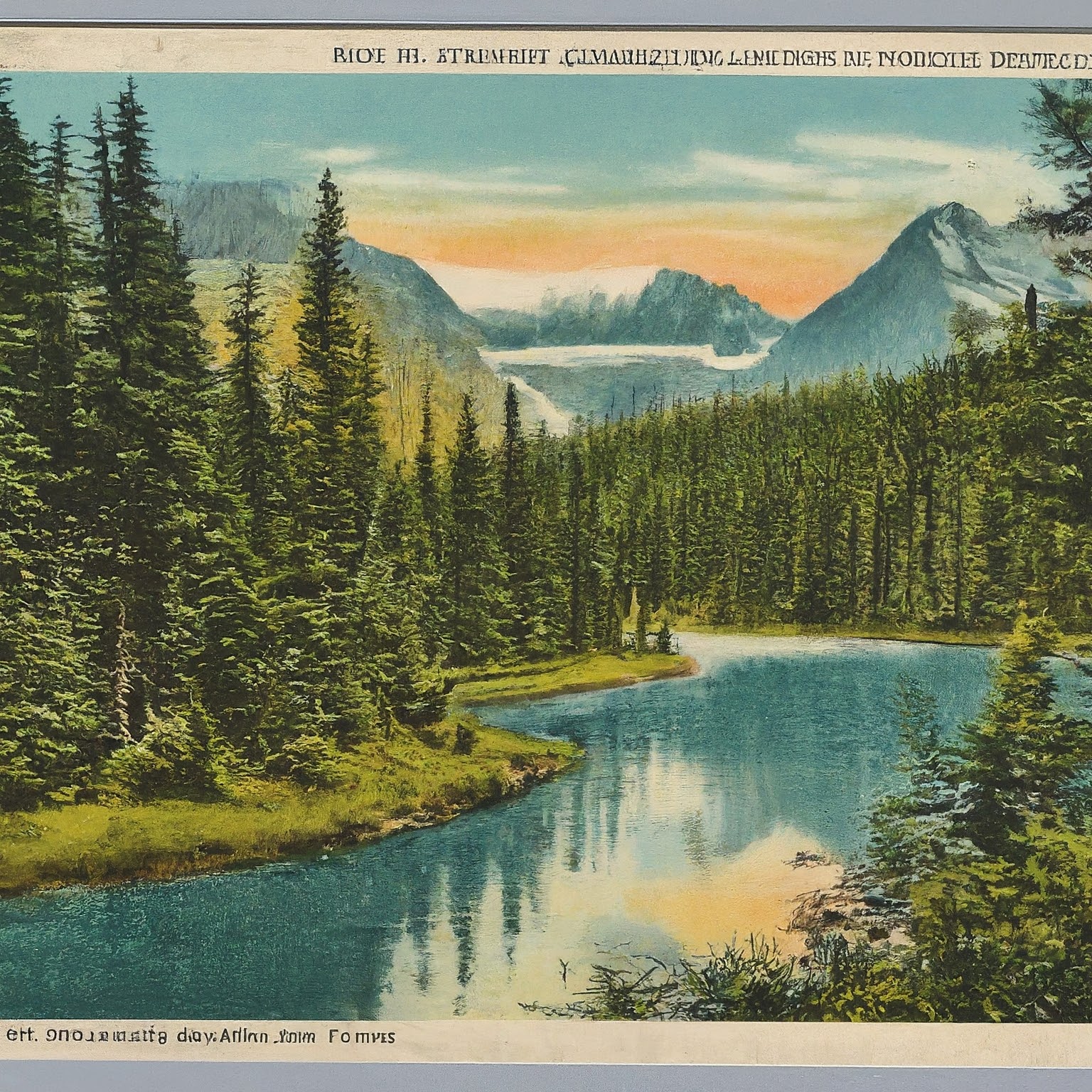Canadians often refer to them as postal codes, but for those familiar with the term “ZIP code” used in the United States, understanding the Canadian system can be intriguing. While they both serve the same purpose of facilitating mail delivery, there are some unique quirks to Canadian zip codes.

A Code, Not a Zip
Firstly, Canadian zip codes are alphanumeric, consisting of six characters in the format A1A 1A1. The first letter denotes a Forward Sorting Area (FSA), which typically corresponds to a major city or region. The remaining five characters further refine the sorting process, pinpointing smaller districts or neighborhoods. Unlike ZIP codes, Canadian zip codes deliberately exclude the letters D, F, I, O, Q, and U to avoid confusion with numbers (e.g., 1 could be mistaken for I).
Beyond Deliveries
Canadian zip codes serve a purpose beyond just mail sorting. They are used by government agencies to define geographic areas for statistical analysis, and by businesses to tailor marketing campaigns or determine shipping costs.
Finding Your Code
Canada Post, the national postal service, offers a user-friendly tool on their website to search for a specific postal code by entering an address [Find a Postal Code – Canada Post]. You can also find hard-copy directories or CD-ROMs if you prefer a physical reference.
Fun Facts
Did you know that Canada has a special postal code for Santa Claus? Letters addressed to H0H 0H0 in the North Pole are delivered to a special team at Canada Post who respond to each child!
So, the next time you come across a Canadian zip code, remember it’s more than just a jumble of letters and numbers. It’s a key part of the infrastructure that keeps Canada connected.